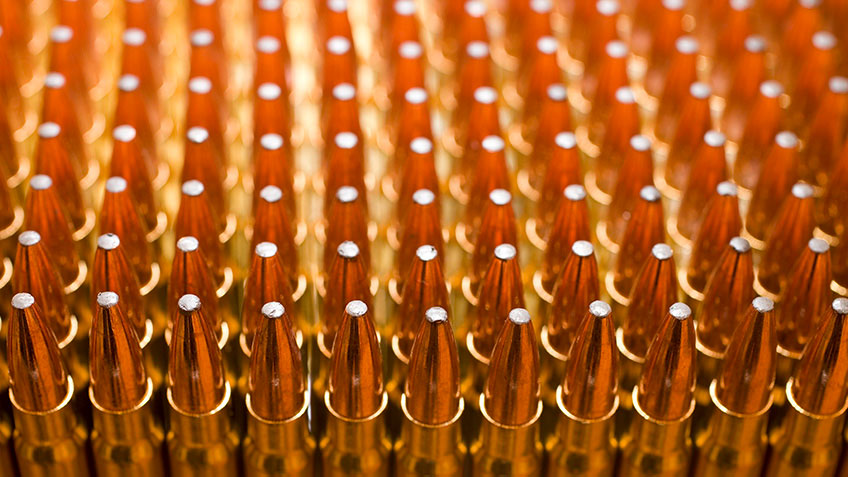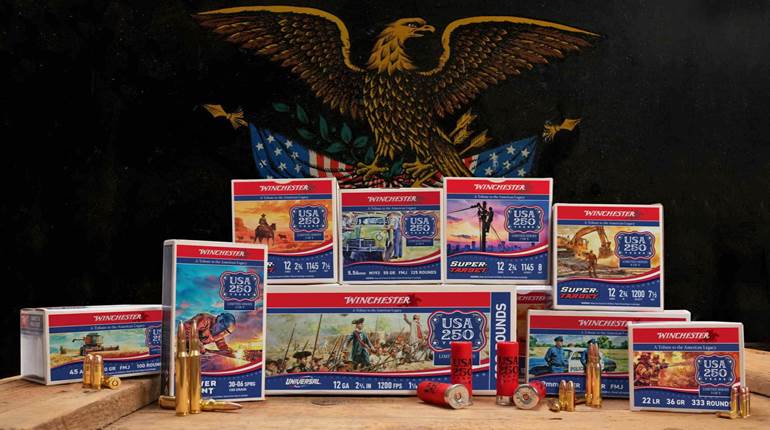
Results from a recently released Southwick Associates survey indicate “stockpilers”—those who set aside 1/5th of whatever they buy for future use—accounted for 44 percent of all ammunition purchases in the past five years. Primary reasons cited by respondents for the accumulation include uncertainty in future supplies (69%), concerns about changes in the political climate (64%), money savings (57%), swings in economic conditions/income (54%) and time savings (39%).
The report found avid shooters and hunters average around $400 annually on ammunition. Sixty-five percent invest less than $300 each year and only 15 percent of those surveyed reported spending more than $600 every 12-months.
The Southwick Associates effort digs into changes into buying habits, further dissecting the decline in ammunition sales—a slowdown the firm’s press release explains is largely caused by “… a firearm friendly White House and U.S. Senate … .” It found that, in the past three years, 24 percent of ammo purchasers are now spending less, 38 percent about the same and 33 percent more.
Those results would allude to an overall sales increase, were it not for the fact that those who reduced their annual purchases did so by 38 percent, outpacing those who reported increased buys—whose volume of orders rose by a more modest 23 percent—by 15 percent. “Combined, the net effect of the two groups translates into a roughly 2 percent decline in overall retail ammunition sales,” according to the report.
“Concerns about future availability drove many consumers to buy greater supplies of ammunition than normal,” said Nancy Bacon, vice president of Southwick Associates. “It is our opinion that, once excess ammunition supplies are shot, we’ll see a lift in sales and a return to normal, stable buying patterns—barring any new political shocks.”























![Winchester Comm[94]](/media/1mleusmd/winchester-comm-94.jpg?anchor=center&mode=crop&width=770&height=430&rnd=134090756537800000&quality=60)
![Winchester Comm[94]](/media/1mleusmd/winchester-comm-94.jpg?anchor=center&mode=crop&width=150&height=150&rnd=134090756537800000&quality=60)












